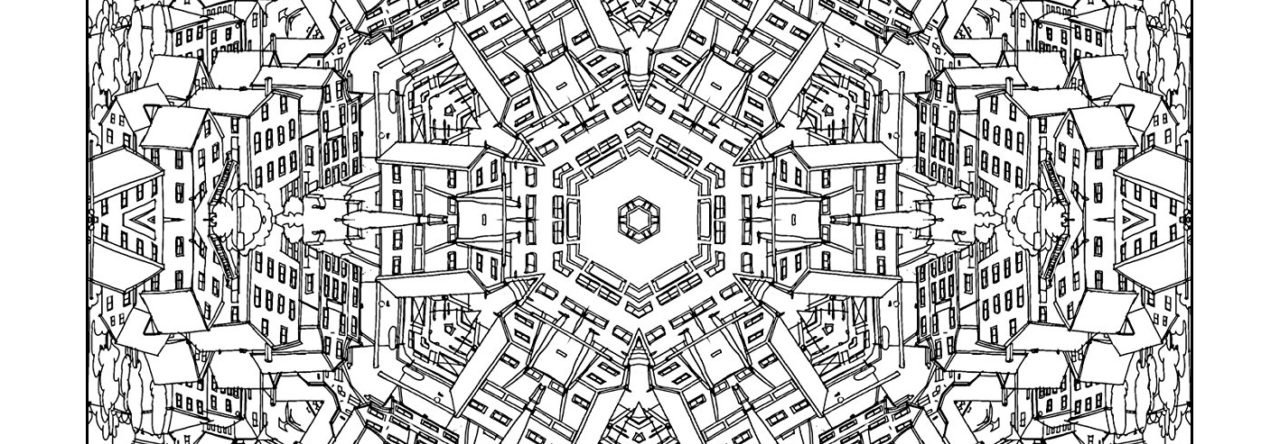Since the early days of Christianity, the Church has observed the season of Lent as a preparation for Easter. Traditionally, Easter was the time of year when new converts were baptised and when repentant sinners were re-admitted to fellowship and communion.
The Church of England website explains how this shaped the season:
‘As the candidates for baptism were instructed in Christian faith, and as penitents prepared themselves, through fasting and penance, to be readmitted to communion, the whole Christian community was invited to join them in the process of study and repentance, the extension of which over forty days would remind them of the forty days that Jesus spent in the wilderness, being tested by Satan.’
Counting back forty days from Easter (not including Sundays), means that Lent begins on a Wednesday. The day before this became known as Shrove Tuesday or Pancake Day.
Shrove Tuesday / Pancake Day
Originally the Tuesday before Lent was about ‘shriving’, that is, confessing your sins. But eventually it became a day of carnival or festival, because it was the final chance people had to ‘party’ before the serious season of Lent began. Many Catholic countries still hold large public carnivals at this time of year. Some of the most famous of these are held in Venice, Italy and Rio de Janeiro, Brazil.
Since Lent traditionally meant fasting from luxuries like meat, eggs, sugar and butter (except on Sundays), the day before became a time to eat up all the ‘luxury’ foods in the house, sometimes in the form of pancakes. That led to the day being called Mardi Gras (French for ‘fat Tuesday’) or Pancake Day.
Ash Wednesday
Ashes are an ancient sign of repentance. For this reason, since the Middle Ages, Christians have observed the start of Lent by being marked in ash with the sign of the cross.
Many traditional churches still hold an Ash Wednesday service. Sometimes, the ash used for marking is made from burning the palm crosses from the previous year’s Palm Sunday service. Some common Scriptures to be read aloud are Psalm 51, a psalm of repentance, and Joel 2:12–18:
‘Even now,’ declares the Lord,
‘return to me with all your heart,
with fasting and weeping and mourning.’
Rend your heart
and not your garments.
Return to the Lord your God,
for he is gracious and compassionate,
slow to anger and abounding in love,
and he relents from sending calamity. (Joel 2:12–13)
When it comes time for the ‘imposition of ashes’, the minister says something like this (from a Church of England liturgy):
‘I invite you to receive these ashes
as a sign of the spirit of penitence with which we shall keep this season of Lent.
God our Father,
you create us from the dust of the earth:
grant that these ashes may be for us
a sign of our penitence
and a symbol of our mortality;
for it is by your grace alone
that we receive eternal life
in Jesus Christ our Saviour.
Amen.’
As the minister marks each person with a cross of ash on their forehead, s/he says:
‘Remember that you are dust, and to dust you shall return.
Turn away from sin and be faithful to Christ.’
Personally, I have found attending our church’s Ash Wednesday service a very meaningful experience. It’s a rare opportunity to remember and express—in a very tangible way—my mortality before God, the One who gives life and forgiveness.
How might we mark these days?
Keep reading over at Growing Faith, a Christian online magazine for parents. Find out more about Growing Faith and subscribe to our monthly e-newsletter here.


